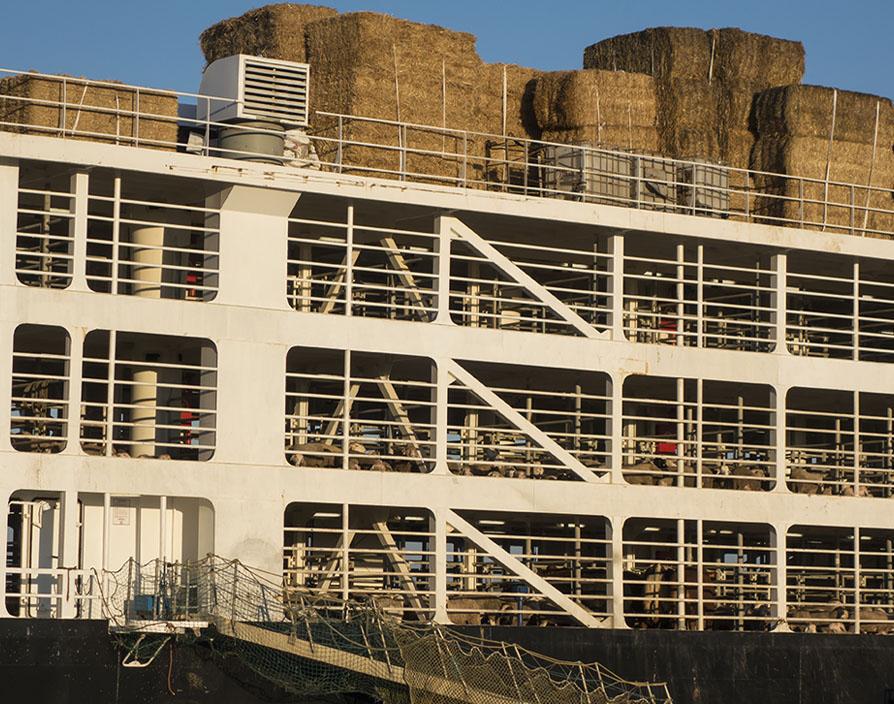The date January 31st, 2024, witnessed significant changes to import controls, regarding sanitary and phytosanitary rules (SPS). These import controls relate to the veterinary border between the European Union (EU) and United Kingdom (UK).
It largely affects imports of food and feed of animal origin – such as meat, milk, honey, fish and pet food – along with the transportation of live animals. Plants and plant products are also regulated within the confines of this legislation.
The UK’s Border Target Operating Model (BTOM) outlines the new approach to SPS controls. The three main objectives are to uphold border biosecurity, reduce burdens on traders, and align with international standards. The UK firmly believes that this is crucial, when it comes to managing the potential risks associated with imported goods.
The aim is to safeguard the biosecurity of the United Kingdom. Any failure by UK importers, as well as EU exporters, to adhere to these controls could result in the rejection and destruction of consignments. And there is no option for claiming compensation either.
Since these controls were implemented, there have been reports of consignments being returned to the sender. Therefore, which are the products most affected by the new SPS controls? The answer is the import of live animals, germinal products, products of animal origin, animal by-products, plants and plant products.
Effective risk categorisation is crucial for the successful implementation of this stringent UK veterinary border. The categories are: ‘high’, ‘medium’ and ‘low’ risk.
Controls are adjusted accordingly, depending on the risks associated with both the commodity and the country of origin. Since January 31st, imports of animal or plant products, which are classified as ‘medium’ risk, will undergo certain physical and ID checks.
Commodities categorised as ‘medium’ or ‘high’ risk, will require either an ‘Export Health Certificate’ or ‘Phytosanitary Certificate’. This also extends to High-Risk Products of Non-Animal Origin (HRFNAO). These certificates are issued by relevant organisations within the exporting country.
The next important date to remember is April 30th, 2024. This is when SPS goods, which are being imported to our country, need to satisfy a designated border control post at the port of entry. For anyone wishing to read more about the Government’s BTOM rules please click here.
All importers must register with the relevant authorities before the arrival of any goods. This is regardless of risk category. And the exporter or supplier must provide essential information for the importation to proceed.
Risk Categorisation
Understanding each risk category is crucial for all EU suppliers and UK importers, as it determines which process needs to be followed. This information can be accessed in two ways: Via summary tables or a spreadsheet.
The summary tables provide a quick overview, while the spreadsheet asks you to input the commodity code, from which the corresponding risk category will be located. This information can be found on https://www.gov.uk/.
Export Health Certificate (EHC) or Phytosanitary Certificate (PC)
For products that fall under the ‘medium’ risk category, an export health certificate is required. To obtain this information, the EU food supplier should contact their relevant local authority.
Importers must ensure that their supplier is capable of providing the correct health certificate for products falling under the ‘medium’ risk category. A phytosanitary certificate is required for plants.
Pre-notify the consignment
Companies need to register the products, they are intending to import to the UK, by notifying the authorities beforehand. This data is processed via a system called ‘Import of products, animals, food and feed’ (IPAFFS). It is also important for companies to determine the exact location of their border control points. This will help them to reduce delays and avoid rerouting of products.
Conclusion
Businesses must take responsibility for understanding compliance, thus preventing delays. Read-up thoroughly about risk categories and health certificates. Explore the various options for transporting goods, such as using consolidation hubs or multi-pickup methods.
Always consult with the appropriate authorities in the exporting country. And, if necessary, seek guidance from customs experts, to help create a smooth and efficient process.
Share via:








































